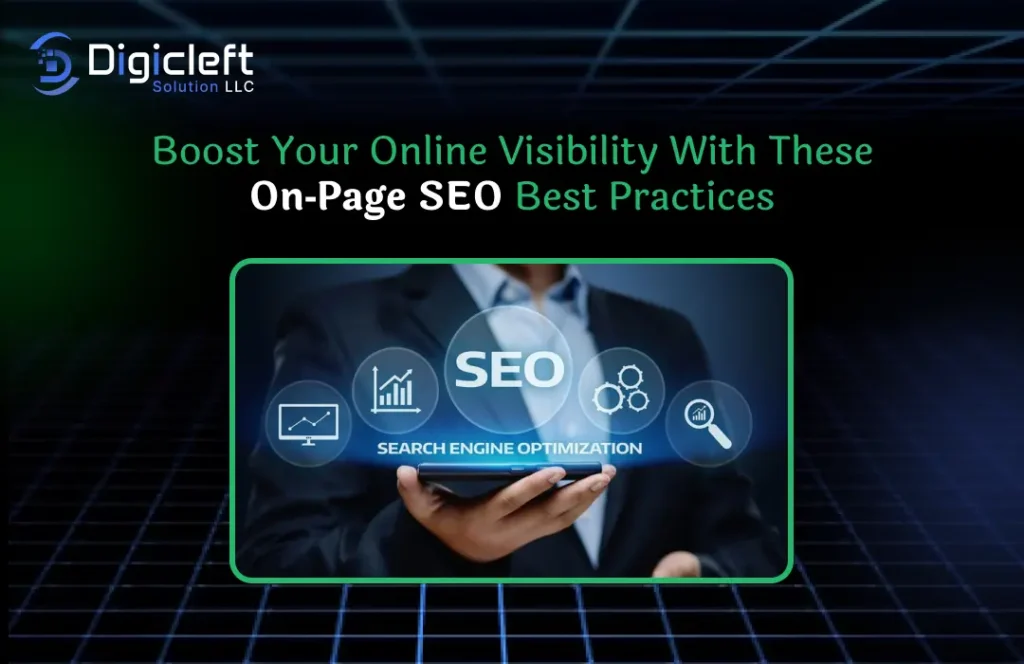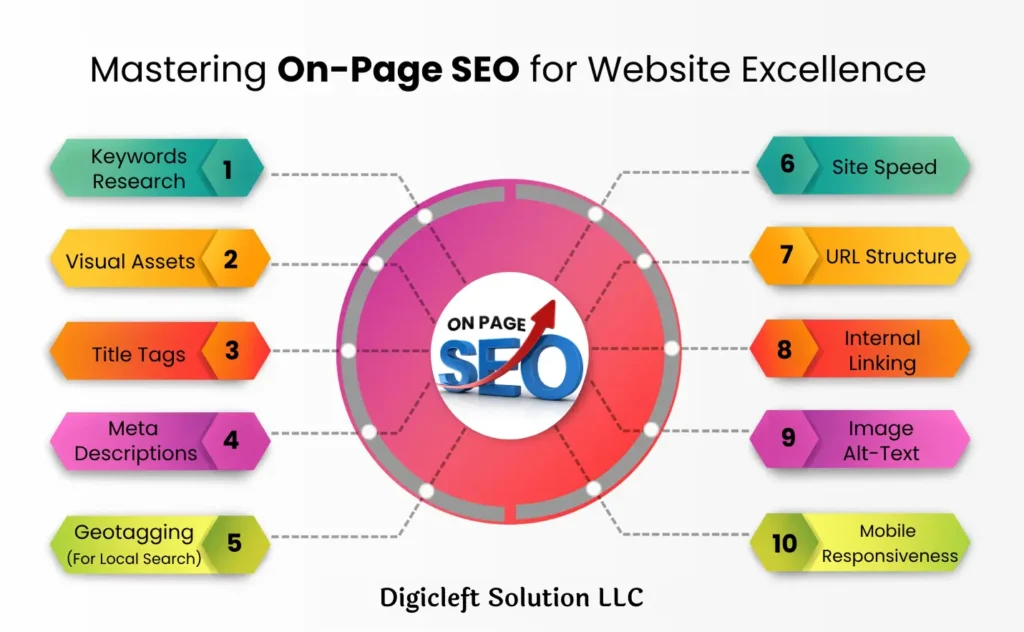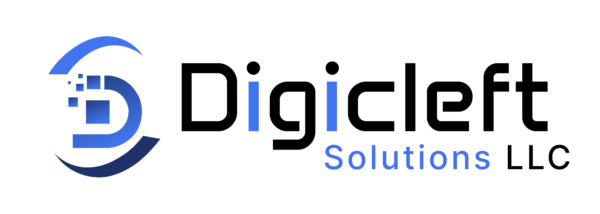
If your website is like a digital storefront, then on-page SEO is the way you arrange the shelves, put up the right signs and make sure customers find exactly what they’re looking for.
Simply put it’s everything you can control on your own site to help search engines understand your content and rank it better.
What is On-Page SEO?
On-page SEO involves optimizing your site’s content, HTML elements and user experience to make it both search engine-friendly and visitor-friendly.
It’s not just about keywords it’s also about structure, design, speed, and clarity.
Why On-Page SEO is Crucial for Online Visibility
Think of search engines like picky restaurant critics.
If your site is messy, slow, or confusing, you won’t get a glowing review. Good on-page SEO tells search engines exactly what your page is about while keeping visitors engaged.
Keyword Optimization Strategies
Finding the Right Keywords
- Use tools like Google Keyword Planner, Ahrefs, or SEMrush.
- Look for terms your audience actually searches for.
- Example: If you’re a digital marketing agency, targeting “best SEO company for small businesses” could bring in high-intent visitors.
Balancing Keyword Density and Readability
- Avoid keyword stuffing it’s like adding too much salt to food.
- Keep a natural flow with keywords sprinkled in strategically.
Using Long-Tail Keywords for Targeted Traffic
- Example: “affordable SEO services in New York”.
- Lower search volume but higher-quality leads.

Creating SEO-Friendly Content
Write for Humans First, Search Engines Second
- Speak directly to your visitors.
- Keep sentences clear, simple, and conversational.
The Power of Headings
- Use H2 and H3 tags to guide readers.
- Make them attention-grabbing.
Incorporating Related Keywords Naturally
- If your main keyword is “on-page SEO”, also use:
- Meta tags
- Internal linking
- Content optimization
Meta Tags and Descriptions
Crafting Click-Worthy Meta Titles
- Keep under 60 characters.
- Make them catchy and relevant.
Writing Meta Descriptions That Drive Clicks
- Limit to 160 characters.
- Summarize the page and encourage clicks.
- Avoid keyword stuffing in URLs.
Image SEO Best Practices
- Compress images with TinyPNG or ShortPixel.
- Add descriptive alt text for both SEO and accessibility.
Internal Linking Strategies
- Build a logical site structure.
- Link to relevant, high-value pages only.
Mobile Optimization
- Ensure responsive design for all devices.
- Improve mobile page speed to reduce bounce rates.
Improving Page Speed
- Test performance with Google PageSpeed Insights, GTmetrix, or Pingdom.
- Remove unused CSS and JavaScript.
User Experience & Engagement
- Use a clean layout and clear navigation.
- Add interactive content like quizzes, polls, or videos.
Monitoring & Adjusting
- Track:
- Rankings
- Clicks
- Bounce rate
- Conversions
- Update content regularly SEO is not “set and forget.”
Conclusion
On-page SEO is the foundation of any strong digital presence. By focusing on keyword strategy, content quality, technical optimization, and user experience, you can make your site both search engine-friendly and visitor-friendly.
FAQs
1. What’s the difference between on-page and off-page SEO?
On-page SEO focuses on optimizing your site’s own content and structure. Off-page SEO deals with external factors like backlinks.
2. How often should I update my on-page SEO?
At least every 3–6 months, or whenever you update your content.
3. Does mobile SEO really affect rankings?
Yes Google uses mobile-first indexing.
4. Can I rank without backlinks using just on-page SEO?
Yes, especially for low-competition keywords. But backlinks help build authority.
5. How long does it take to see results?
Usually 3–6 months, depending on competition and consistency.


